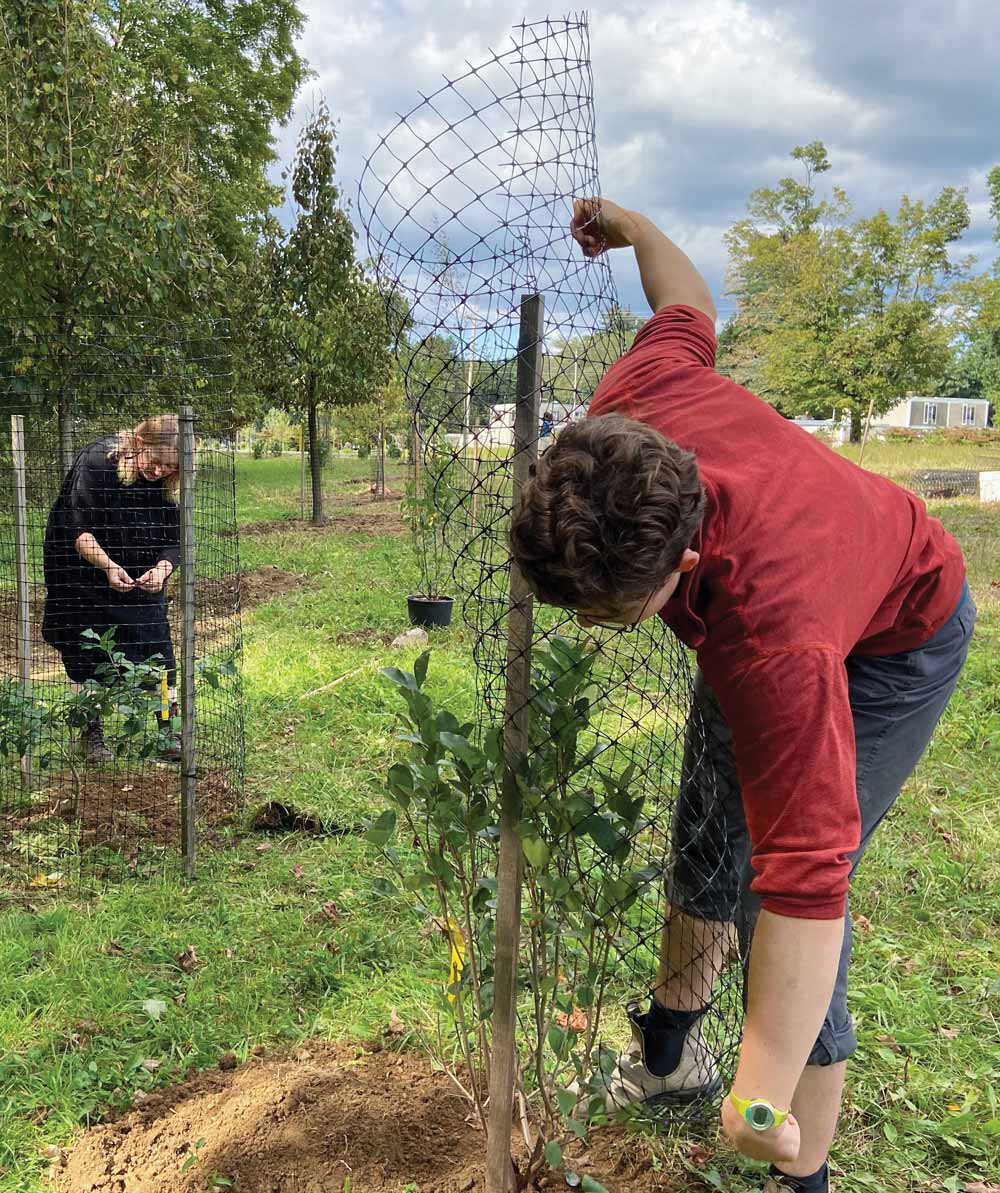A Real Drag, Part 2
Drag queens don’t mock women; drag kings don’t mock men. However, there is often an exuberant freedom one may sense when a man embraces the effeminacy he’s been shamed for since early childhood, and that often shows in drag performances. My sister got to slide by as a “tom boy” for all her childhood, whereas I was labeled a “faggot” before I understood the word—a rather universal reality for gay, trans, and other boy children. Reclaiming the right to effeminacy by doing drag can be an outlet for this cruel experience.
I would ask the letter writer: As a woman of the 1960s, do you recall the freedom you felt when you were allowed to wear pants on any occasion that would “normally” have required a dress? Were you trying to mock men and male sexual expression by wearing “men’s” attire? When men grew their hair long beyond their shoulders in the late 1960s, were they mocking women and female sexual expression?
Heterosexuals normalized this style-swapping decades ago, and no one equated it with “blackface.” Gay men who express a feminine side in drag are embracing it with ferocity and courage. And really, when’s the last time you wore your ’50s Dior cinch-waist number with five-inch heels, Jungle Red lipstick, and a wig that would make Dolly Parton green with envy? If that is an expression you want to reclaim, it’s there for you to do it without any backlash or derision. That is your privilege.
Concord, MA
Native Trees

I hope that the folks who manage this wonderful resource would agree with a former biology student and retired botanist that sticking to native tree species at the Preserve is a good idea!
Hillsborough, NC
Laura, you are correct. Boxwood and sorghum should have been American basswood and sour gum. Volunteers planted native trees and shrubs representing 45 different plant species selected based on site characteristics as well as the at-risk status of the species.
We value your feedback on the magazine’s content. Please send letters to vq@vassar.edu.